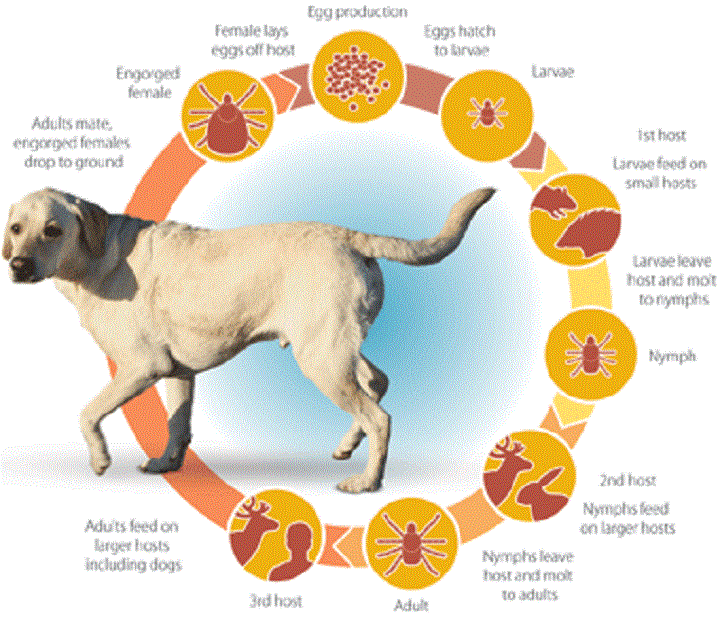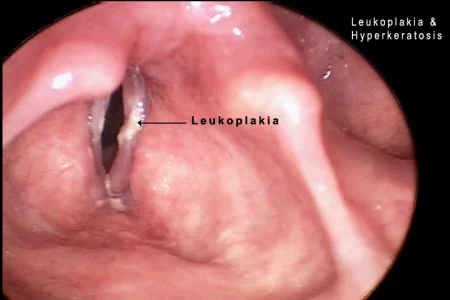Ticks are pesky parasites that pose serious health risks to our furry companions. As a responsible pet owner, it’s crucial to understand the various tick-borne diseases that can affect dogs and how to prevent and treat them effectively. In this comprehensive guide, we’ll delve into the world of tick diseases in dogs, exploring their causes, symptoms, diagnosis, prevention strategies, and treatment options.
Understanding Tick-Borne Diseases

Ticks are vectors for a multitude of pathogens, including bacteria, viruses, and parasites, that can cause illness in dogs. When a tick attaches itself to a dog and feeds on its blood, it can transmit these disease-causing agents into the dog’s bloodstream, leading to various health problems.
Common Tick-Borne Diseases in Dogs
Lyme Disease (Lyme Borreliosis):
- Cause: Lyme disease is caused by the bacterium Borrelia burgdorferi, transmitted through the bite of infected black-legged ticks (Ixodes scapularis or Ixodes pacificus).
- Symptoms: Symptoms may include fever, lameness, joint swelling, lethargy, and decreased appetite. In severe cases, it can lead to kidney damage and neurological issues.
- Diagnosis: Blood tests, such as the C6 ELISA test and Western blot, are commonly used to diagnose Lyme disease in dogs.
- Prevention: Preventative measures include tick control products, regular tick checks, and vaccination where available.
- Treatment: Antibiotics such as doxycycline are typically prescribed to treat Lyme disease in dogs.
Ehrlichiosis:
- Cause: Ehrlichiosis is caused by several species of the Ehrlichia bacterium, transmitted primarily by the brown dog tick (Rhipicephalus sanguineus).
- Symptoms: Symptoms can vary but may include fever, lethargy, loss of appetite, swollen lymph nodes, and bruising or bleeding.
- Diagnosis: Blood tests, such as PCR (polymerase chain reaction) and serology, are used to diagnose ehrlichiosis in dogs.
- Prevention: Preventative measures include regular use of tick preventatives, keeping the dog’s environment clean, and avoiding tick-infested areas.
- Treatment: Treatment often involves the use of antibiotics such as doxycycline, along with supportive care.
Anaplasmosis:
- Cause: Anaplasmosis is caused by the bacterium Anaplasma phagocytophilum (formerly Ehrlichia equi), transmitted by the black-legged tick (Ixodes scapularis) and the western black-legged tick (Ixodes pacificus).
- Symptoms: Symptoms may include fever, lethargy, joint pain, vomiting, diarrhea, and in severe cases, neurological signs.
- Diagnosis: Diagnosis is usually confirmed through blood tests, such as PCR and serology.
- Prevention: Prevention involves tick control measures and avoiding tick habitats.
- Treatment: Antibiotics like doxycycline are commonly used to treat anaplasmosis in dogs.
Preventing Tick-Borne Diseases in Dogs

- Use Tick Preventatives: Administer vet-recommended tick preventatives regularly, including spot-on treatments, oral medications, collars, or sprays.
- Perform Regular Tick Checks: Thoroughly check your dog for ticks after outdoor activities, focusing on areas like the ears, neck, and between toes.
- Maintain a Clean Environment: Keep your yard tidy by mowing grass, removing leaf litter, and trimming bushes to reduce tick habitats.
- Avoid Tick-Infested Areas: When possible, avoid areas known to be heavily infested with ticks, such as wooded areas and tall grass.
- Vaccination: Inquire with your veterinarian about available vaccines for tick-borne diseases like Lyme disease, where applicable.
- Protect Yourself: Wear long sleeves, pants, and insect repellent when venturing into tick-prone areas with your dog.
Treatment Options for Tick-Borne Diseases
Treatment for tick-borne diseases in dogs typically involves a combination of medication and supportive care:
- Antibiotics: Most tick-borne illnesses are treated with antibiotics like doxycycline or amoxicillin to eliminate the infectious agent.
- Supportive Care: Supportive care may include intravenous fluids, pain management, and nutritional support to aid in the dog’s recovery.
- Monitoring: Regular monitoring by a veterinarian is essential to assess the dog’s progress and adjust treatment as necessary.
- Preventative Measures: Once a dog has been treated for a tick-borne disease, it’s crucial to continue preventative measures to prevent future infections.
Tick-borne diseases pose significant risks to the health and well-being of our canine companions. By understanding the various diseases, implementing preventative measures, and seeking prompt veterinary care when needed, we can help protect our dogs from the harmful effects of tick-borne illnesses. Remember, prevention is key, so be proactive in safeguarding your furry friend against these potentially devastating diseases.








